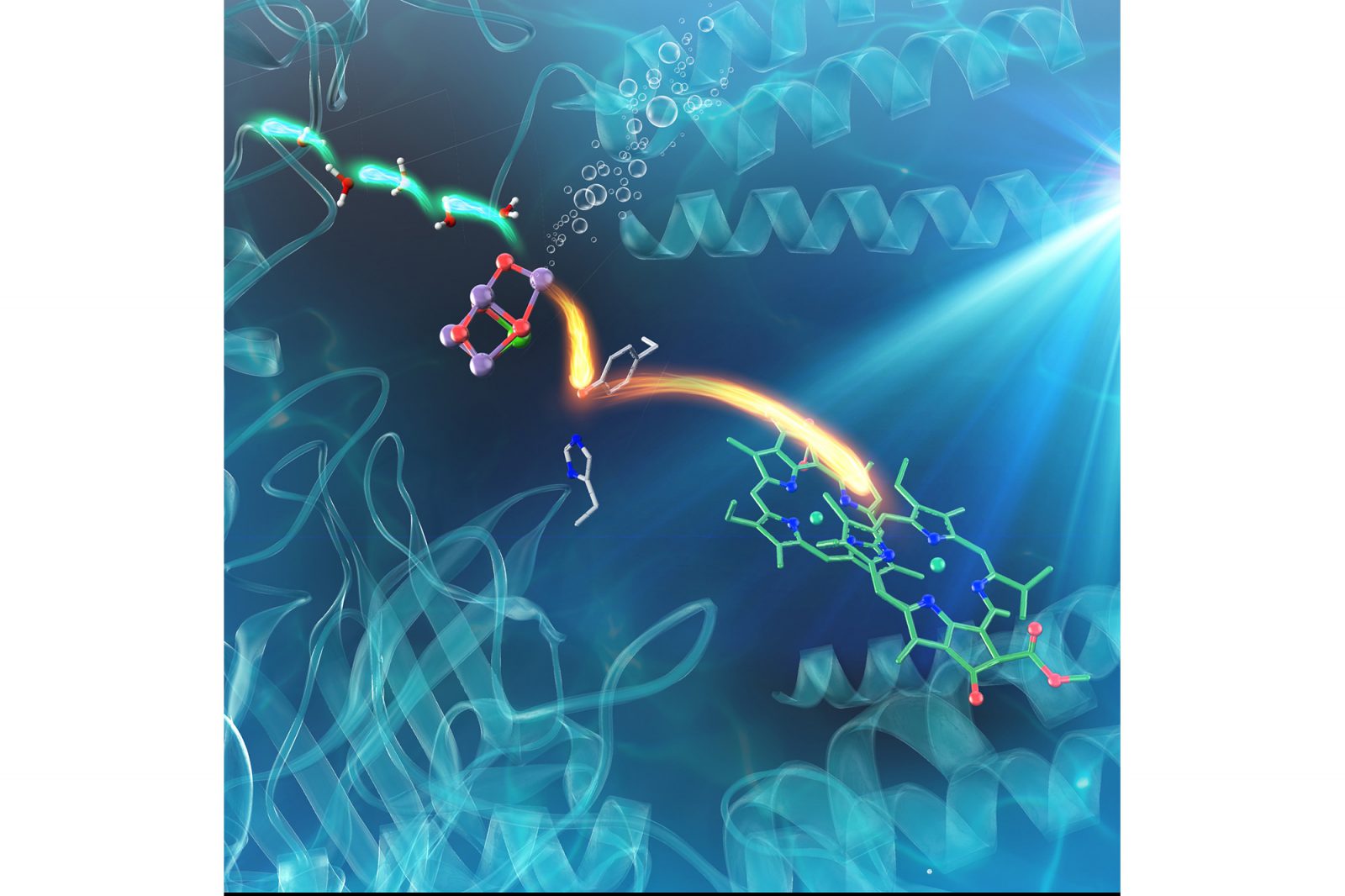The source of life activity can ultimately be found in protein molecules inside cells. Protein molecules possess 1) metal complexes and π-conjugated molecules as catalytic or redox-active sites, 2) pigments (dyes) as light-harvesting antennas or photosensor sites, and 3) hydrogen bond networks as proton transfer pathways. For example, in photosynthetic proteins, these “molecular units” are optimally arranged in a protein electrostatic environment to achieve a quantum yield of 100% in photoelectric conversion. Protein molecules have evolved and optimized over 4 billion years since life was born on Earth. Even today, its mechanism has not been elucidated and its application has, thus far, been hampered. Using approaches based on physical chemistry, inorganic chemistry, photochemistry, electrochemistry, quantum chemistry, biochemistry, physics, etc., we will elucidate the fundamentals of life theoretically from “molecules”.
Website:http://www.protein.rcast.u-tokyo.ac.jp/index_en.html













